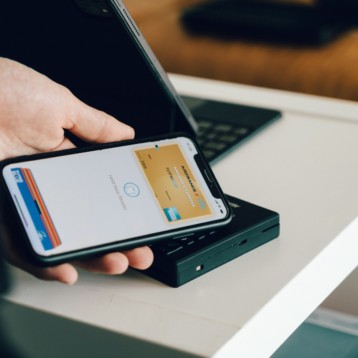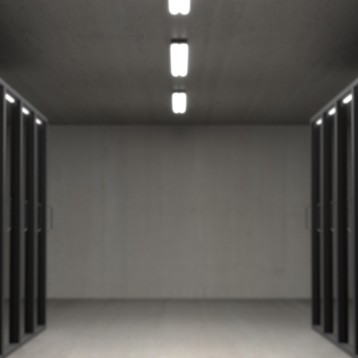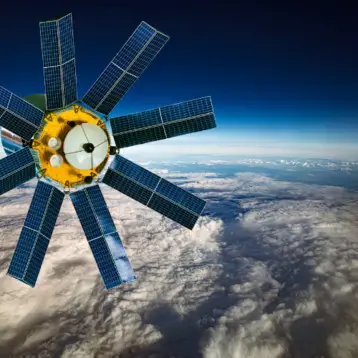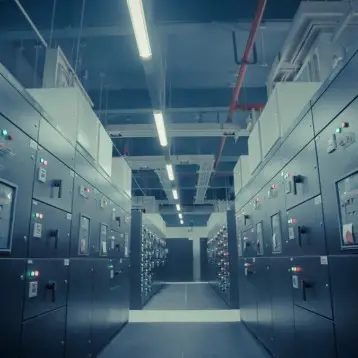Researchers from the Aalto University in Finland have come up with a novel way of storing information on surfaces using only water. By exploiting the unique way a layer of air behaves on a water-repelling surface flooded with water, they were able to create a system which can store binary information.
The idea for this unique research came from the special properties of the lotus leaf. Lotus leaves are so water repellent that water simply roll off their surface, keeping them perfectly clean. A team of scientists and researchers from the Aalto University in Finland, the University of Cambridge and the Nokia Research Center, came up with a new concept inspired by the Lotus leaves of writing and displaying information on surfaces using water.
–
To be able to create a surface with the special water repellant properties of the Lotus leaves the scientists had to create superhydrophobic surfaces. In other words a surface with microscopic structures that prevent water from wetting the surface completely and leaving an extremely thin layer of air between the water and the surface. When this special surface is immersed in water, a trapped air layer covers the entire surface enabling the scientist to use it for their purposes.
–
The project lead researchers Dr. Robin Ras and his team were able to fabricate a surface composed of structures in two distinct size scales: microposts that have a size of ten micrometers and tiny nanofilaments that are grown on the posts. What is so special about this two-level surface is that on top of it the air layer can exist in two different shapes (also known as wetting states) that correspond to the two size scales mentioned above. During the research it was found that it is possible to simply switch between the two states using a nozzle to create over- or under-pressure in the water, in order to change the air layer to either state. This process requires only a minimal amount of energy creating essentially a bistable system.
–
Dr. Robin Ras stated that: “The minimal energy needed to switch between the states means the system is bistable, which is the essential property of memory devices”. The difference between the two states is also visually noticeable and as Ras explains: “Combined with the optical effect, the surface is also a bistable reflective display”.
–
The current research is only an initial step. In the future we might see displays, memory storage devices and even units capable of processing information based on water, all inspirited by the unique properties of the Lotus leaves.
–
A video showing a demonstration of “writing with water”
More information on the project can be found on the Aalto University website.











